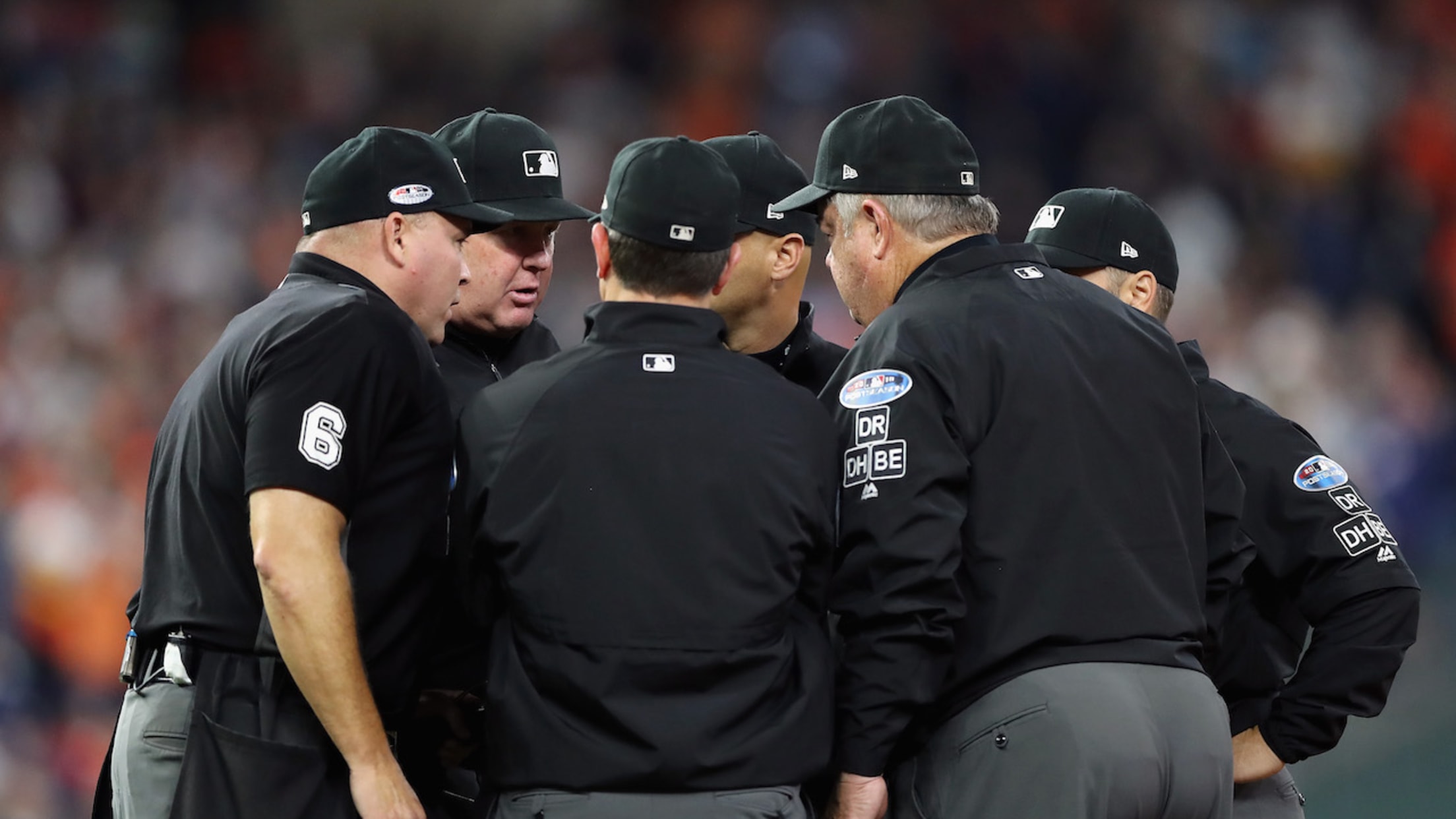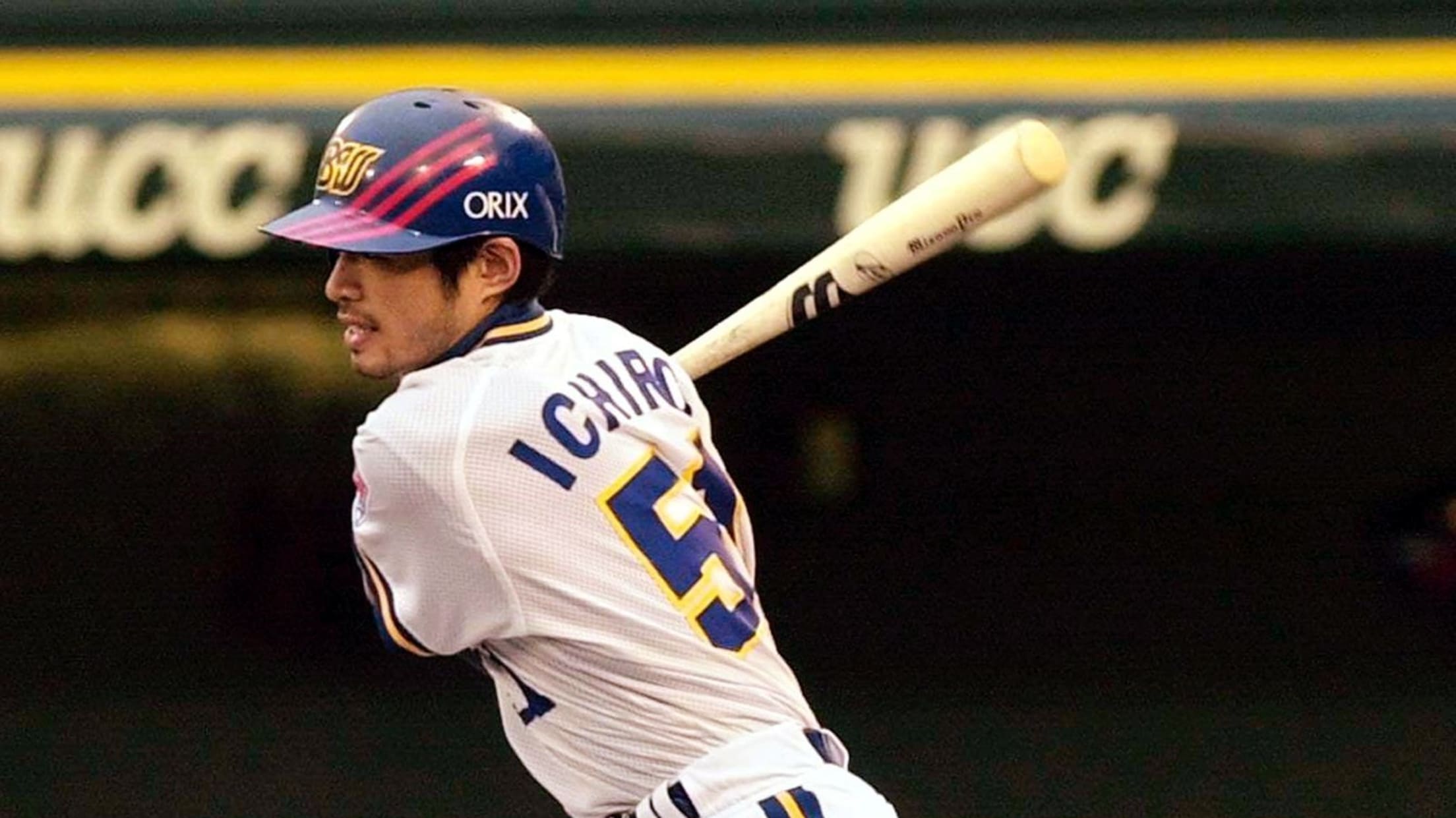'K: The Story of Baseball in Ten Pitches' will let you live inside a pitcher’s head

We’ve all fantasized about it: It’s the bottom of the ninth, two out, bases loaded and the opposition’s best hitter is at the plate. You step off the rubber, wipe your brow and pick up the rosin bag. What are you going to throw? Heater? Off-speed? Do you have faith that you won't leave it hanging over the plate?
But what is actually going through a pitcher’s mind at that moment? Thanks to hundreds of hours of interviews with dozens of players, The New York Times’ national baseball writer, Tyler Kepner, found that out.
In his book, “K: the Story of Baseball in Ten Pitches,” he not only presents the history of each pitch like the fastball, slider, curve -- even offerings like the screwball, spitter and knuckler get their own chapter -- but we also learn how pitchers developed them and learned to trust them.

Brad Lidge closed out the Phillies 2008 World Series win with his slider -- the pitch that saved him from Minor League obscurity -- and Kepner digs deep into that pitch. It's the same offering Lidge tried to make Albert Pujols “swing and miss [on] even worse," in the 2005 NLCS. Unfortunately, the added effort meant Lidge's “legs uncoiled too quickly, his arm lagged behind a bit too long, and the slider hung in the strike zone, begging to be crushed,” Kepner wrote.
But, when the 2008 World Series was at its apex and Lidge faced Eric Hinske for the final out, there was no thought of using anything other than his slider. So, the Phillies closer threw a first-pitch slider that Hinske dribbled down the first-base line. He checked his swing on the second. And for the third, Lidge remembers how the ball felt in his glove:
“On the very last one, it was one of those deals where I gripped the ball and I could feel, like, the grip was just right when I came set. There were two strikes and I was like, ‘OK, this is the one.’ I could feel it the second I gripped it in my glove that everything was just where it needed to be, and that last slider was going to be a good one.”
Sure enough, it was. And the Phillies were World Series champs:

It’s not just the interior game that Kepner covers, though. It’s also the brotherhood that pitchers have with one another, sharing the secrets of the game with each other in an attempt to befuddle the hitter.
That’s long been the case for knuckleballers -- those oddballs who failed out of more traditional big league careers who Kepner calls “Jedi knights, possessors of a shadowy power few can understand or believe.”
One of the best examples comes from knuckleballer Steve Sparks. Before the 2004 postseason, when the Yankees were set to face the Red Sox and Tim Wakefield again, they asked knuckleballer Steve Sparks to throw some BP and help the team prepare (even though that wasn’t an issue for Aaron Boone the year before) -- but he declined.
“I’d probably get a nice hotel and $10,000 if I wanted, I didn’t even know,” Sparks told Kepner. “But I just told them I’d rather not. Tim was a friend and it just didn’t feel right.”

But these pitches are also like an oral history of the game, as pitchers pass down specific grips to each other, with modern techniques and sports medicine giving them subtle changes.
Bruce Sutter learned his split-finger from Fred Martin, who pitched for three seasons with the Cardinals between 1946-50. Sutter rode the diving pitch all the way to the Hall of Fame.
Cliff Lee, who won a Cy Young Award and World Series championship, learned his killer cutter from his pitching coach in Class A Jupiter for the Expos, Ace Adams. Adams, in turn, got his grip from Ray Fisher, who pitched for the Yankees and Reds from 1910-1920.
Pedro Martinez picked up his famous circle changeup from Guy Conti as an 18-year-old in the Dodgers system. And Conti learned the change of pace from Johnny Podres, who pitched with the Dodgers, Tigers and Padres from 1953-69.
That pitch, handed down from generations, would one-day lead Martinez to the Hall of Fame, where he’s the only player with the word “change-up” written on his plaque.
If there’s one issue with the book, it’s a mystery that doesn’t look likely to be solved any time soon: The pitcher injury. Nearly every chapter in the book has countless players claiming that this particular pitch is the reason hurlers get hurt.
There's the curveball (“Throwing a curve will not hurt your arm if you throw it properly, but the problem is that most people don’t throw it properly,” Nolan Ryan says) to the splitter (according to Bobby Valentine, teams overreacted to a rash of injuries to pitchers like Scott Garrelts, Mike Scott and Sutter) to the screwball, which Christie Mathewson called his fadeaway. “Pitching it ten or twelve times in a game kills my arm," Mathewson wrote in 1912, "so I save it for the pinches.”
Maybe one day, that detective novel will be written and the mystery solved -- something baseball teams are currently spending time and resources to figure out. For now, if you want to know the history of big league pitches and truly understand what it’s like to stand on the mount and face-off against a batter 60-feet, 6-inches away, Kepner’s “K” is for you.
This review reflects the author’s actual opinions. MLB and Doubleday have a financial agreement to promote this book.







